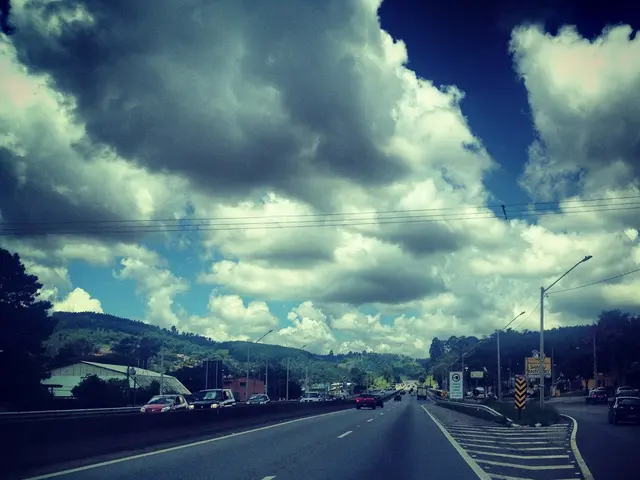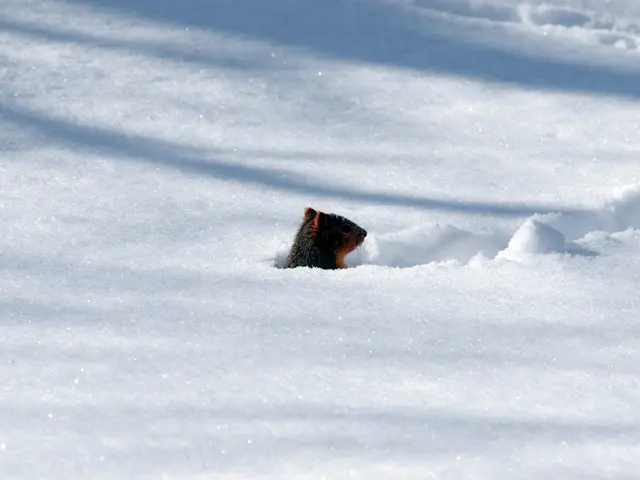Swiss weather flips: Mountains bask in warmth while valleys freeze
Switzerland's Swiss Plateau experienced dense fog and unusually low temperatures this week, with some areas dropping to 3°C (37.4°F). Meanwhile, higher elevations like Sämtisersee at 1,200 meters (3,937 feet) enjoyed föhn winds and temperatures up to 17°C (62.6°F), due to a weather phenomenon known as an inversion.
Inversions are common in high-pressure systems during winter, caused by sinking air and heavier cold air pooling in lowlands. This created a striking contrast in the Rhine Valley, where valley floors between Lake Constance and Werdenberg struggled with temperatures around 4°C (39.2°F), while Sämtisersee basked in warmth. The inversion was so pronounced that St. Gallen city, in the canton of the same name, experienced a significant temperature difference from Sämtisersee at noon on Thursday.
The inversion flipped typical temperature distributions, with lowland areas colder than mountains. In Elm, Canton of Glarus, at nearly 1,000 meters (3,280 feet) above sea level, temperatures soared to 20.2°C (68.4°F), breaking a November record that had stood since 1972.
The inversion brought unusual weather conditions to Switzerland, with lowlands shivering in dense fog and cold, while higher elevations enjoyed unseasonably warm temperatures. This weather pattern is typical in high-pressure systems during winter and can lead to significant temperature differences across short distances.








